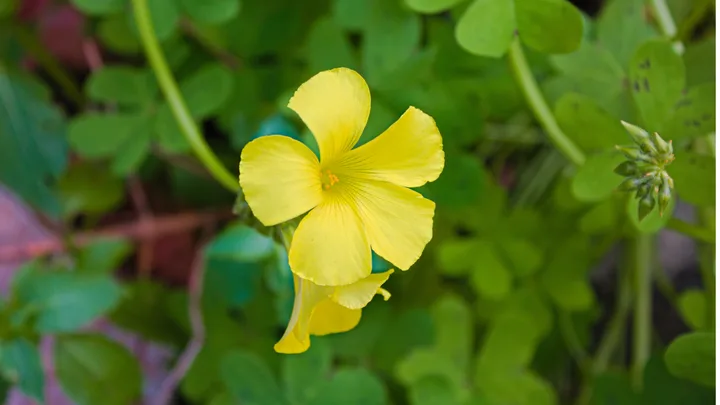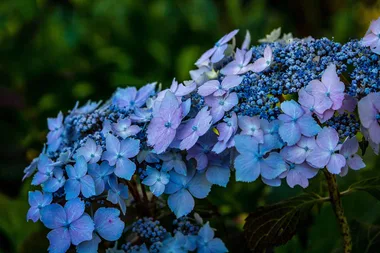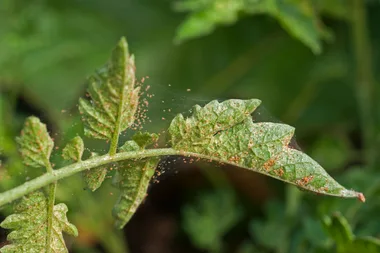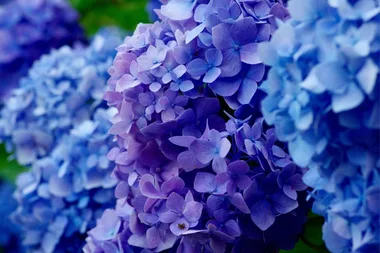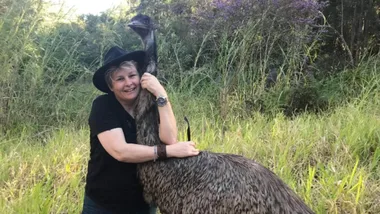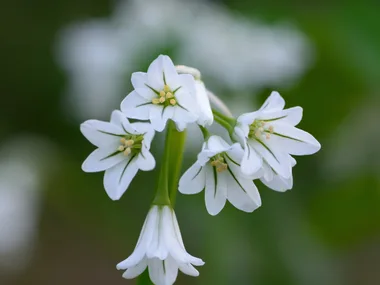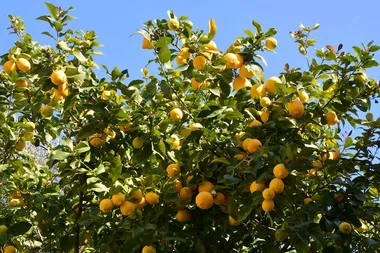Don’t be fooled by its appearance; soursob, a type of Oxalis (Oxalis pes-caprae), is a hardy and invasive weed that, if left unchecked, can easily take over your garden.
Often confused with creeping oxalis, soursob is a weed with clover-like leaves that creeps along the ground. In winter, it produces yellow flowers with five petals. In contrast, creeping oxalis features smaller yellow flowers that are single and flat.
Why is soursob so hard to kill?
Soursobs have a tricky life cycle, which makes them challenging to get rid of.
While most people focus on the mature plants with their bright yellow flowers, the real problem lies underground. Soursobs spread through tiny underground bulbs (called bulbils), and each plant can produce dozens of them. Even if you kill off the visible plants, those bulbils can stay hidden in the soil and sprout new growth the following year.
How to remove soursob without damaging your lawn
Removing soursob requires a special kind of dedication and determination.
Gardening expert, Jon Lamb, says you have to attack soursob when it’s at its weakest if you want to stand a chance at eradicating the weed from your garden.
In a recent edition of his popular Good Gardening newsletter, Jon says: “If you have soursobs in a near-dormant couch or buffalo lawn, don’t mow until the sour sobs are about to flower.
“This is when they are at their weakest, and if you mow, then it is likely they will die of exhaustion. Shading from soursob leaves will not harm the lawn grasses at this time of year.”
He adds: “Soursobs need a two-pronged attack.”
“If you are to beat them in your garden, you need at least two separate campaigns, one to control mature plants (before they start flowering) and another to control those that grow from bulbils (soon after they emerge).”
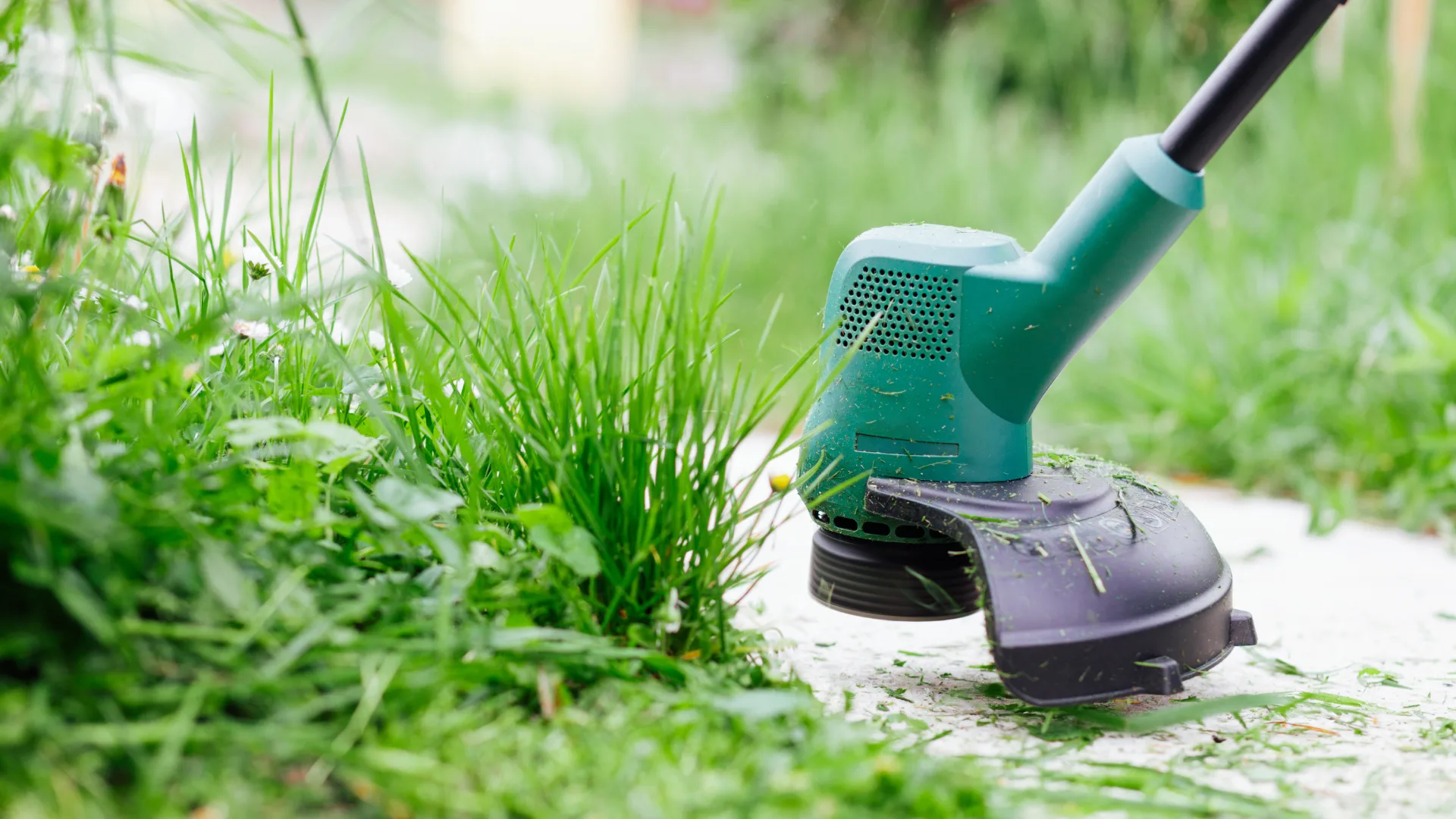
Control methods and removal strategies
Prong 1: Attack the mature plants early (before flowering)
Spray with glyphosate before the flowers appear, ideally when leaves are fully grown but before flowering begins (mid–late autumn to early winter).
This is when the plant is drawing energy from its main bulb and is most vulnerable. Spraying now kills the current year’s bulb before it has a chance to multiply.
Glyphosate is a non-selective herbicide. This means if it is not applied carefully, it will kill your turf too. To minimise the risks, try using a weed wand. This will help keep the herbicide where you want it.
Prong 2: Hit the next wave of bulbils (baby bulbs)
The mature bulb is using the last of its energy to flower and produce baby bulbs (bulbils) underground. These tiny bulbils form now, but they don’t sprout right away. After flowering finishes, the plant dies back, and those baby bulbs stay dormant in the soil over summer.
Next autumn (after the first good rain), the baby bulbs sprout as new plants, starting the whole cycle again. This is when you need to be ready to strike.
“These need to be sprayed with glyphosate within two to three weeks of emerging to prevent them from developing into mature bulbs,” says Jon.
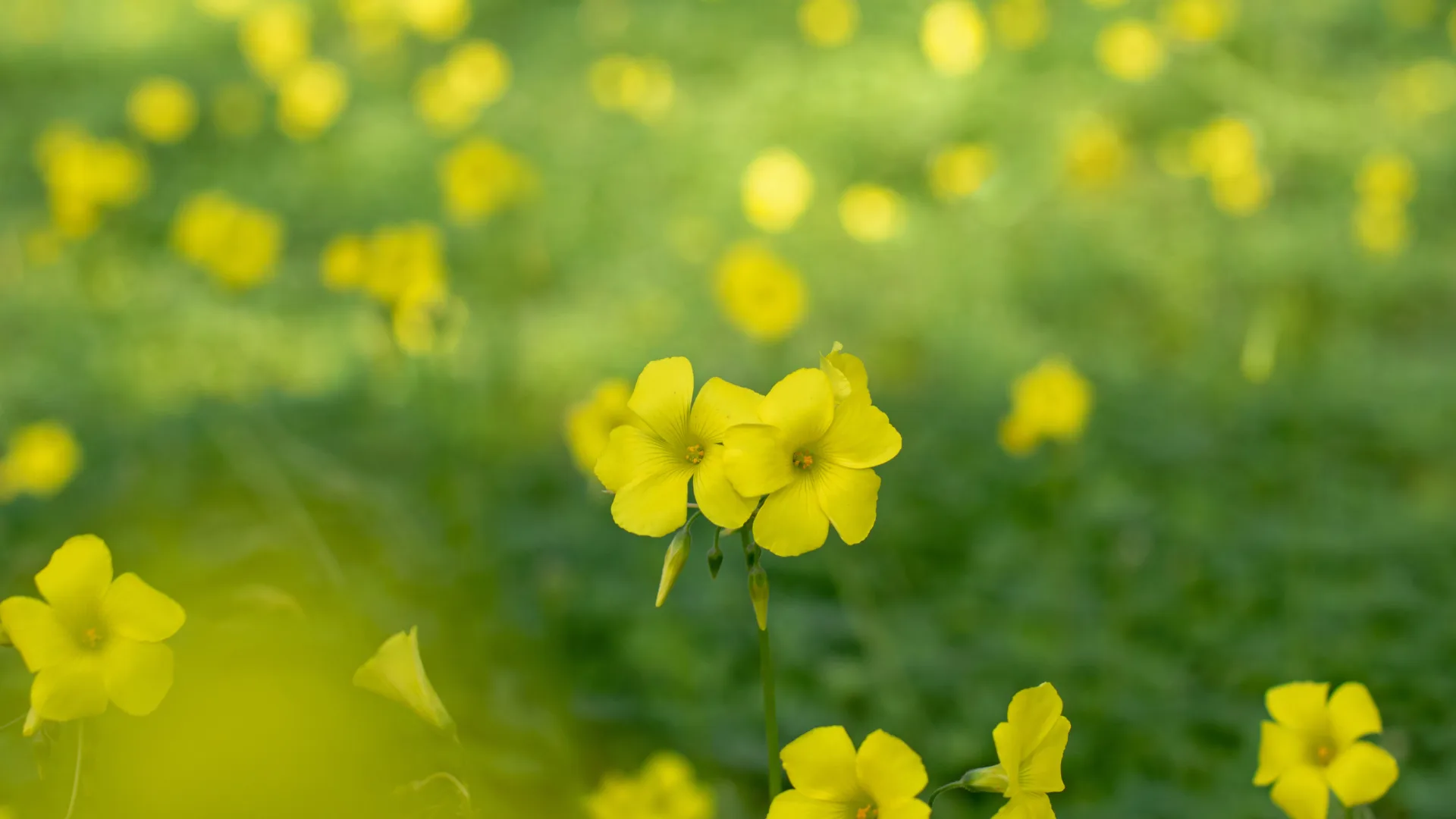
Soursob flowering times
Soursob typically flowers from winter through spring, depending on the region. In western NSW, you’ll see blooms during winter and early spring.
In South Australia and Western Australia, flowering usually happens between June and October, with SA being especially affected.
Southeastern parts of Australia can expect flowering to continue into November. It’s also found in Queensland, but it tends to fade away over time in that climate.
Signs soursob is about to flower
Soursob begins its growth with a rosette of clover-like green leaves that appear close to the ground in late autumn or early winter, often speeding up after rain; once established, tall flower stalks emerge, typically triggered by cooler winter temperatures, with yellow blooms continuing through spring.
So if it’s cold, it’s rained, and you’re seeing leafy soursobs popping up all over the place, flowering isn’t far off.
What if soursob has already flowered?
After flowering, it’s too late to stop this year’s bulbils from forming. Here’s what you can do instead.
- Mow to exhaust the plant further.
- Stop the area from being disturbed, so you don’t accidentally spread bulbils.
- Plan for early intervention next year (especially 2–3 weeks after autumn rains when the bulbils start to sprout).
